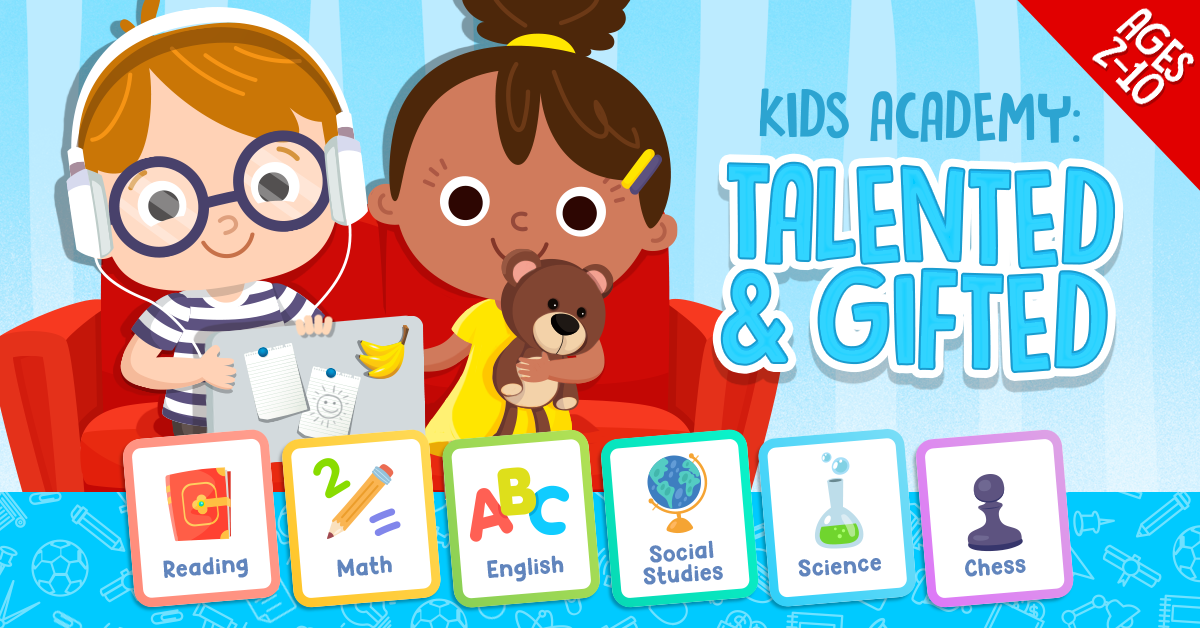Fine Motor Skills Normal Reading Worksheets for Ages 3-4
7 filtered results
-
From - To
Welcome to our engaging collection of Fine Motor Skills Normal Reading Worksheets tailored for children ages 3-4! These worksheets are designed to enhance your child's fine motor development while nurturing their emerging reading skills. Each worksheet features fun and interactive activities that promote hand-eye coordination, gripping techniques, and dexterity, all essential for early writing and reading. Perfect for preschool settings or at-home learning, these resources provide exciting opportunities for little ones to practice tracing, coloring, and other hands-on tasks. Foster a love for learning in your child as they build crucial foundational skills for literacy and beyond!


Twinkle Twinkle Little Star Coloring Page
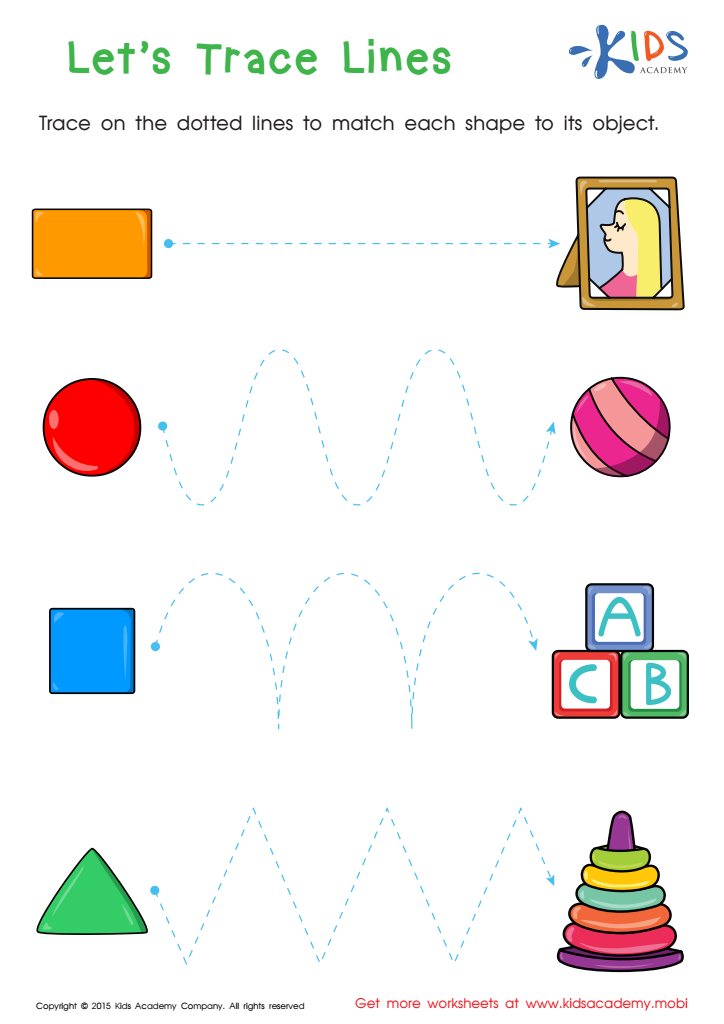

First Words: Let's Trace Lines Worksheet


Long and Short U Worksheet
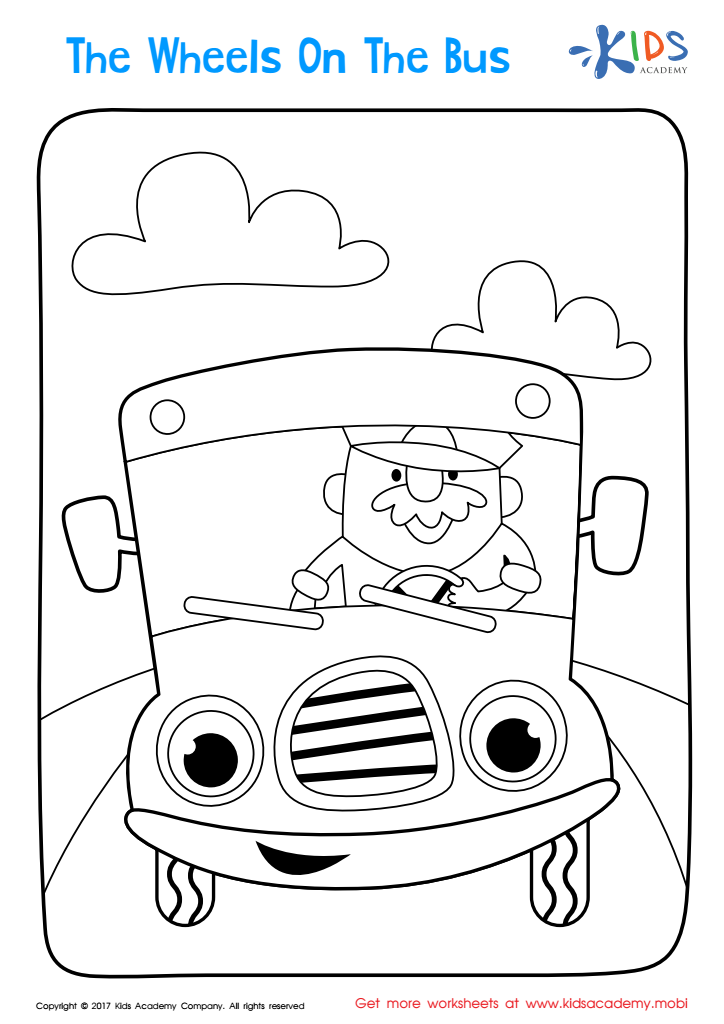

The Wheels on the Bus Coloring Page
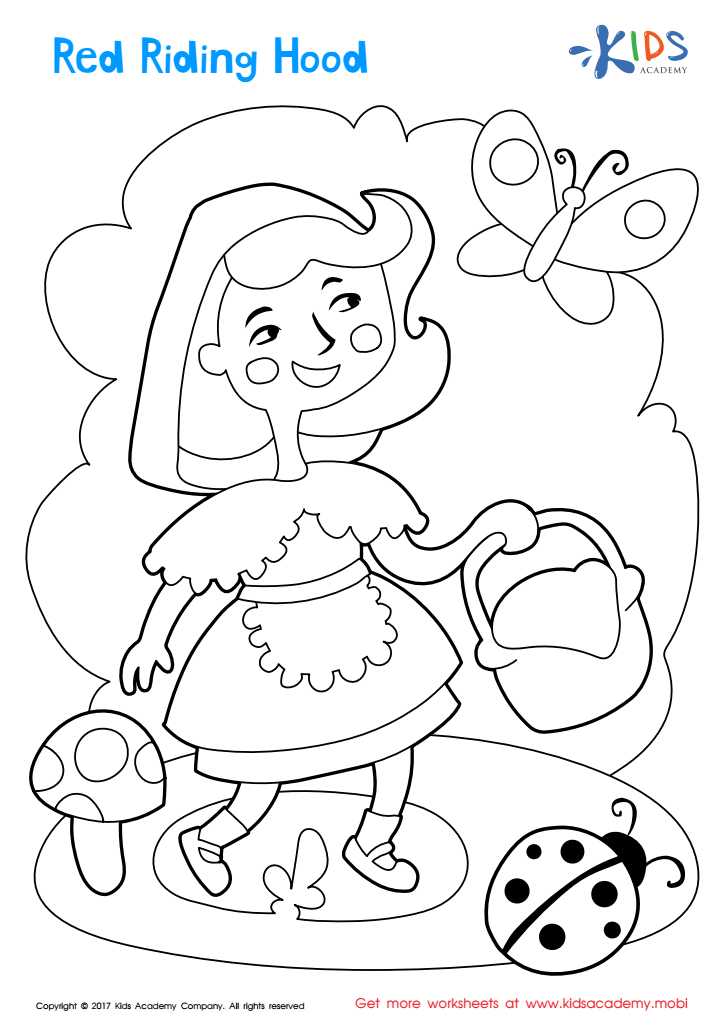

Red Riding Hood Coloring Page
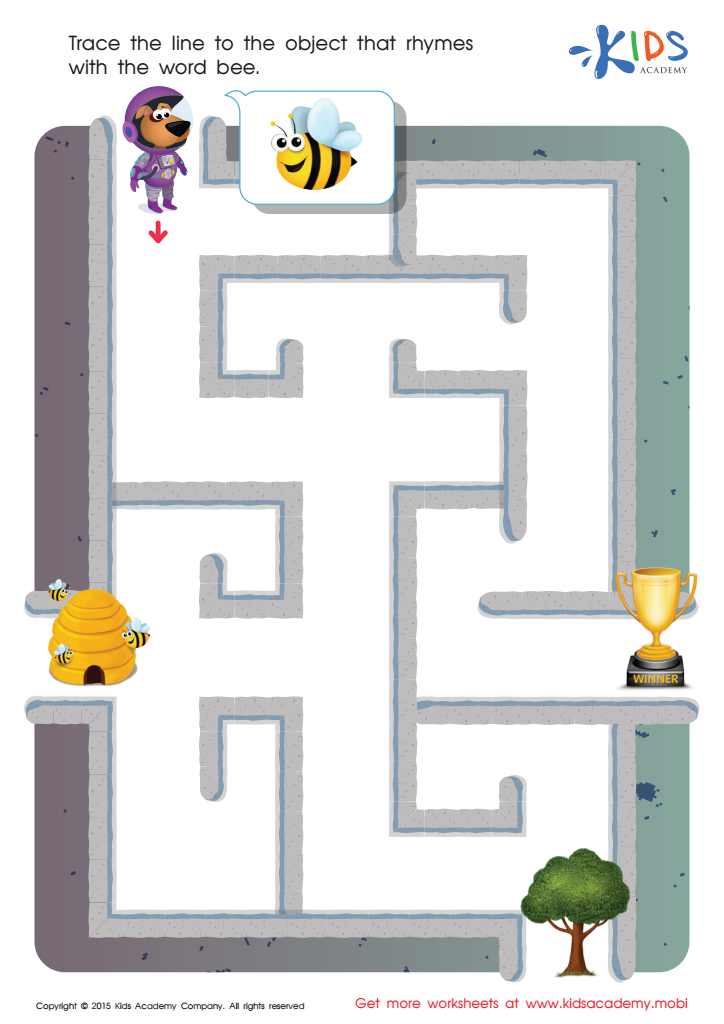

Bee Rhyming Words Worksheet


Pair Pears Worksheet
Fine motor skills are crucial for young children's development, particularly for children aged 3-4 as they embark on their journey of learning to read and write. These skills involve the small muscles in their hands and fingers, which are essential for tasks such as holding a pencil, turning pages, or manipulating small objects. Developing these abilities enhances their dexterity and coordination, laying a strong foundation for later academic success.
For parents and teachers, fostering fine motor skills doesn't just support reading readiness; it cultivates a sense of independence and confidence in children. Engaging in activities like coloring, cutting, threading beads, or playing with playdough can significantly improve hand strength and coordination. When children can control their movements, they feel more capable in classroom settings, facilitating a better learning experience.
Moreover, fine motor skills are closely linked to cognitive development. As children practice precise movements, they also engage in problem-solving and spatial awareness, which are key components of literacy and numeracy. By prioritizing fine motor skill development, caregivers can ensure that children are not only prepared for reading but also equipped with essential life skills that foster overall growth and learning. Investing in these skills is an investment in lifelong success.

 Assign to My Students
Assign to My Students








